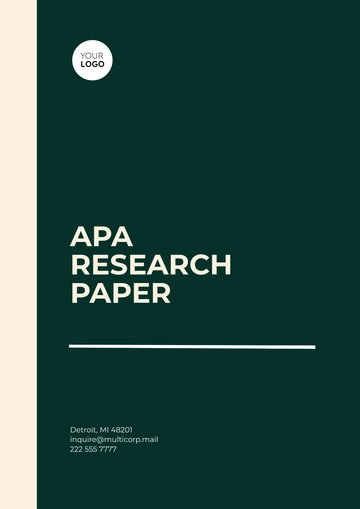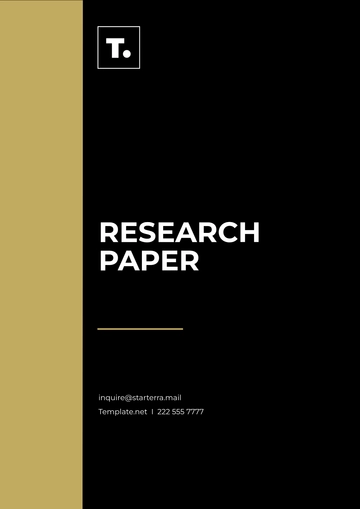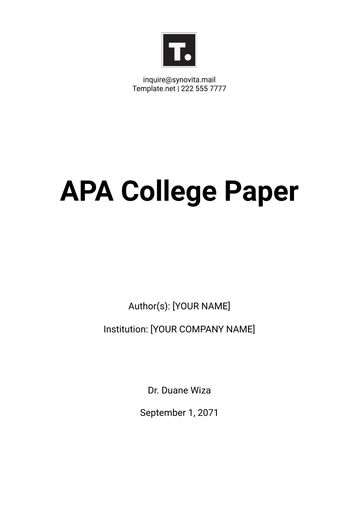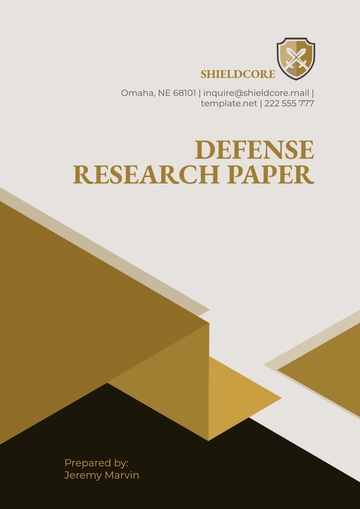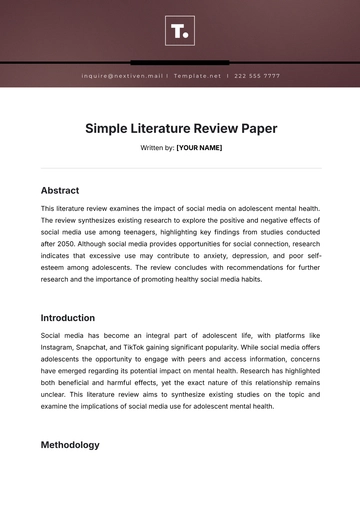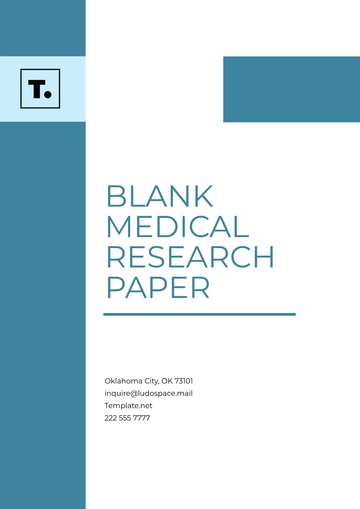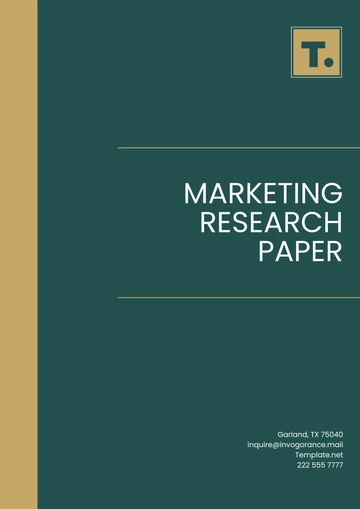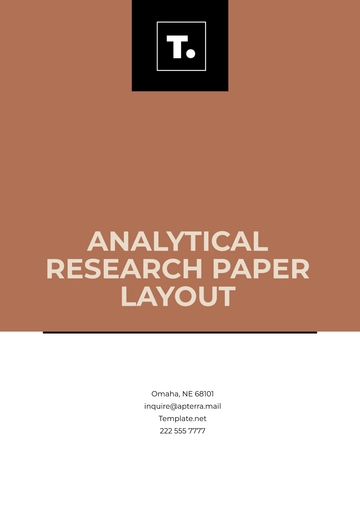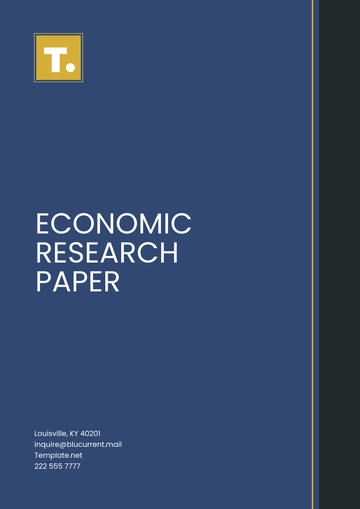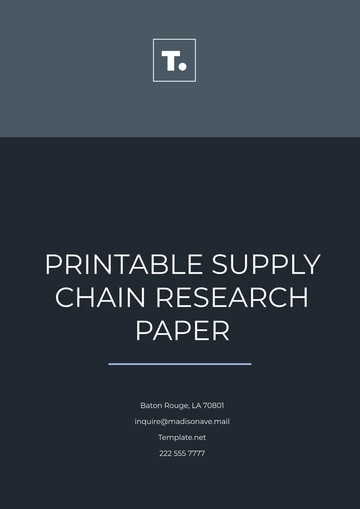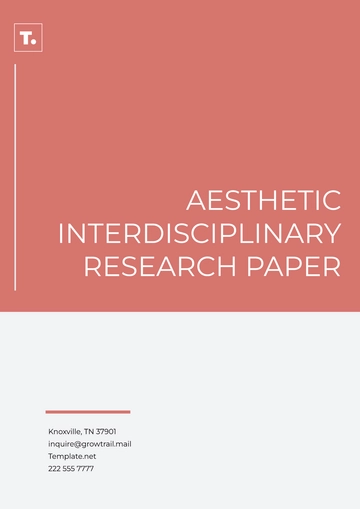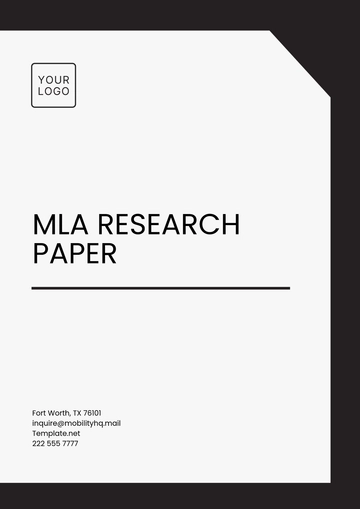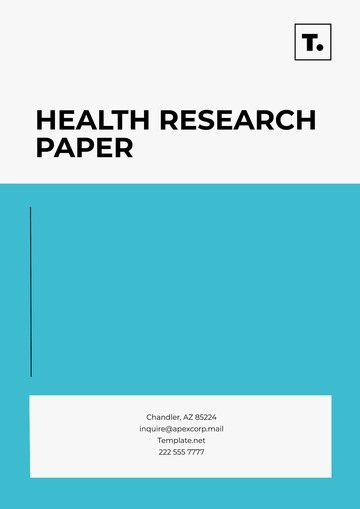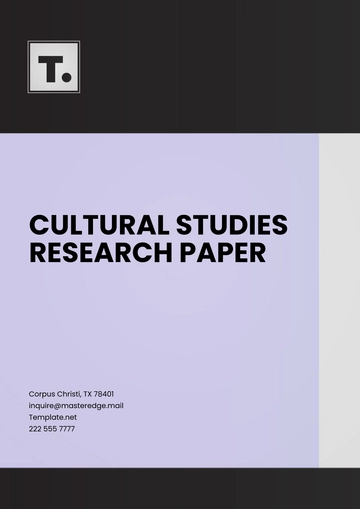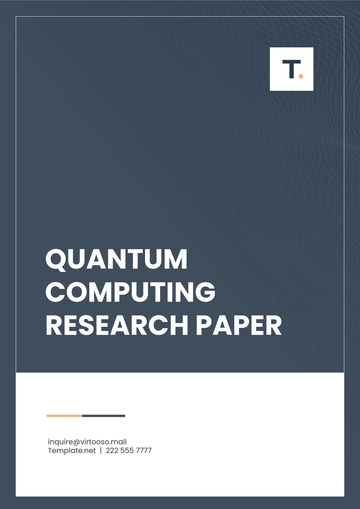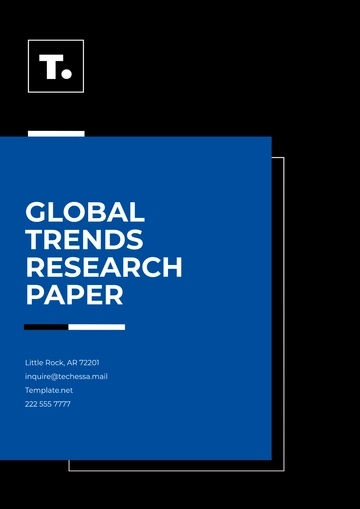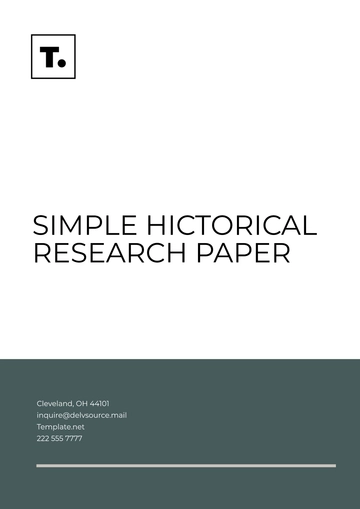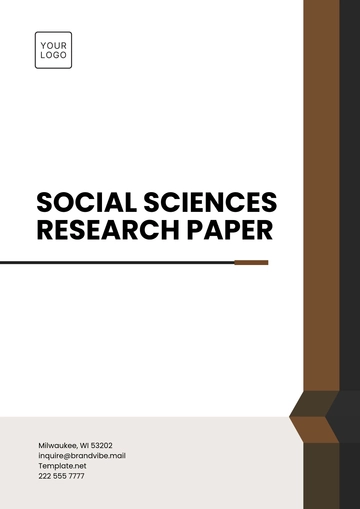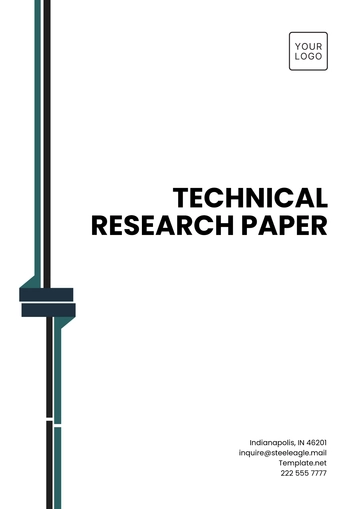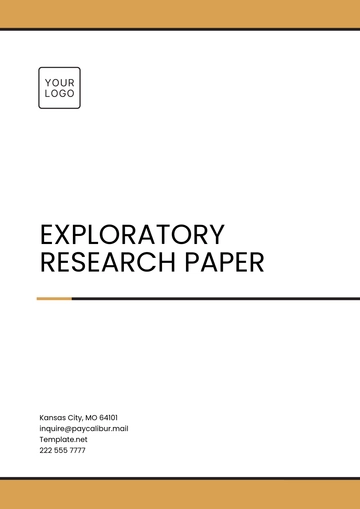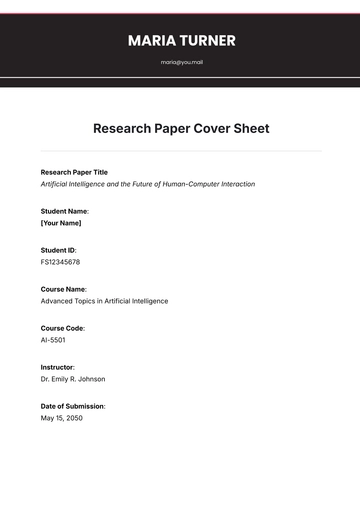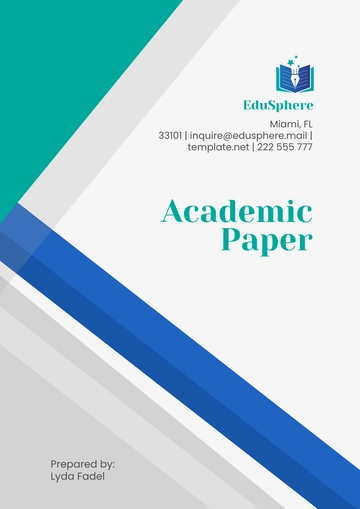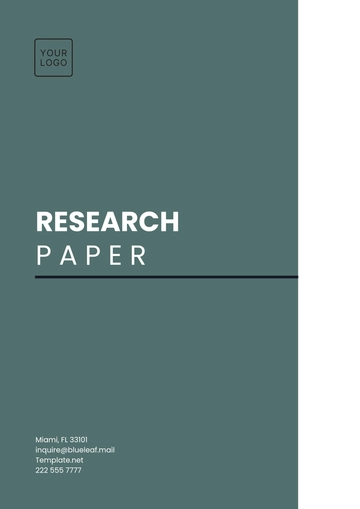Free Physics Research Paper
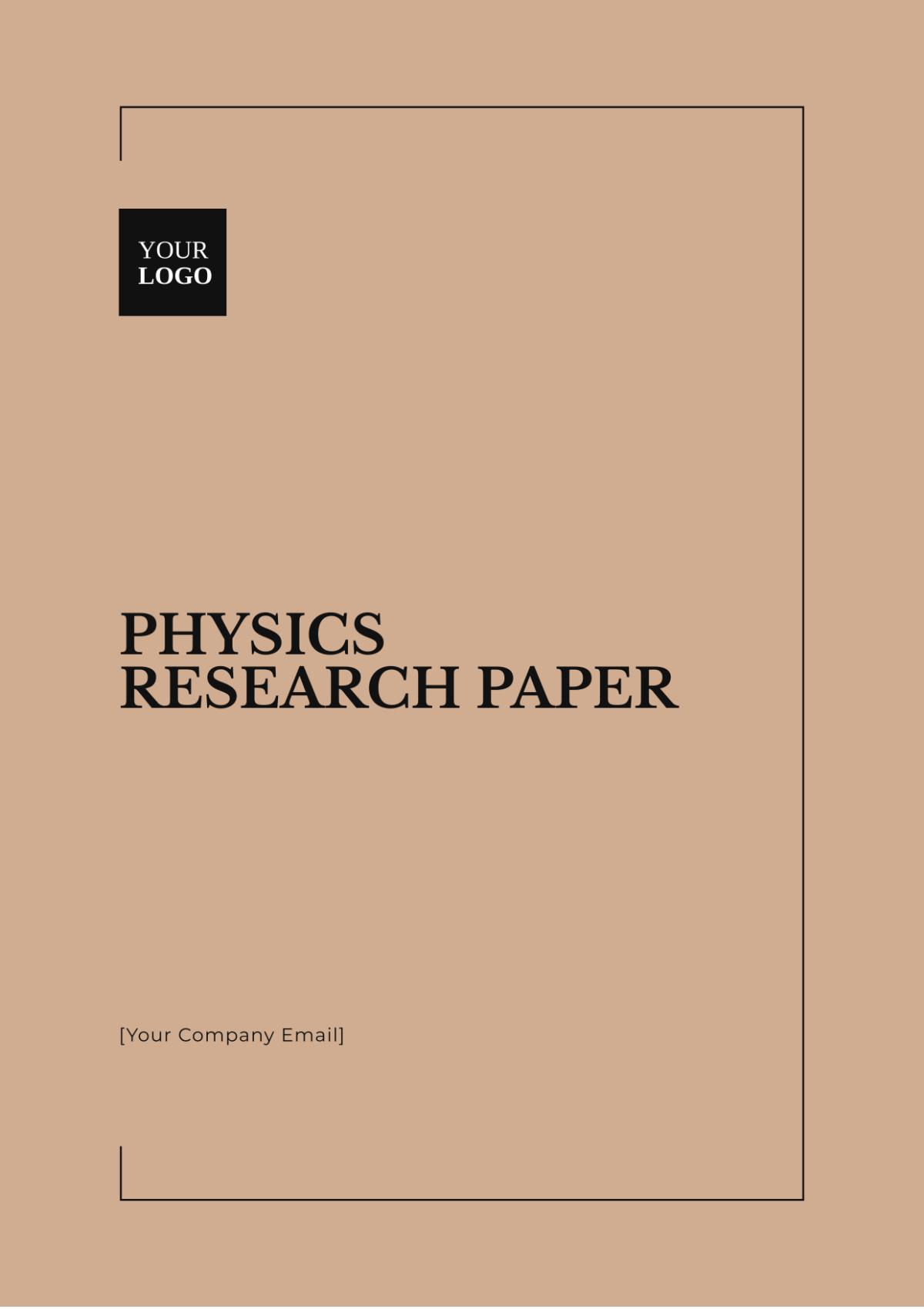
Researcher: [Your Name]
Date: [Date]
I. Abstract
This research paper explores the interaction between dark matter and ordinary baryonic matter using cutting-edge computational astrophysics techniques developed in the mid-21st century. We employ advanced N-body simulations and novel analytical modeling approaches to study the effects of dark matter on galaxy formation and evolution. Our study provides new insights into the intricate dynamics of cosmic structures, offering refined implications for large-scale universe models and enhancing our understanding of the cosmic fabric.
II. Introduction
The enigma of dark matter has continued to captivate astrophysicists as we advance into the 21st century. Dark matter, which constitutes approximately 27% of the universe's mass-energy composition, remains elusive despite significant progress in observational technologies. Understanding how dark matter interacts with baryonic matter is crucial for deciphering the processes behind galaxy formation and evolution.
This research aims to:
Investigate the impact of dark matter on the structural formation of galaxies using next-generation simulation tools.
Analyze the dynamical interactions between dark matter and baryonic matter through innovative simulation and observational methods.
Validate theoretical models against computational results to refine our hypotheses on dark matter behavior and its role in cosmic evolution.
III. Methodology
The research methodology integrates theoretical, computational, and observational techniques, reflecting advancements in the field since 2050.
III.I Theoretical Framework
We base our study on an updated Lambda Cold Dark Matter (ΛCDM) model, incorporating recent advancements from the Hyperion Observatory. This model is augmented by the latest data from the Dark Energy Survey (DES) and the Gaia-3 mission, which have provided enhanced precision in cosmological parameters.
III.II Computational Simulations
We performed high-resolution N-body simulations using the HyperSim-4 code, developed in 2055. The simulations utilized a computational grid of 2048^3 particles to more accurately replicate dark matter distribution and behavior. Key simulation parameters include:
Simulation Parameter | Value |
|---|---|
Total Particle Count | 2147483648 (2048^3) |
Box Size | 2 Gpc/h |
Cosmological Parameters | Hyperion 2055 Data |
III.III Observational Data
Data was sourced from the Gaia-3 satellite and the Hyperion Observatory's advanced spectroscopic surveys. Special emphasis was placed on anomalies observed in dark matter density profiles and galaxy rotational dynamics.
IV. Results
The advanced simulations revealed several new insights into dark matter interactions at the galaxy scale:
Dark matter significantly influences star formation rates, showing alignment with simulated accretion patterns.
Dark matter halos exhibit complex, non-uniform distributions affecting observed galaxy rotation curves.
Feedback mechanisms from supernovae and other cosmic events have notable impacts on dark matter density profiles, leading to modifications in galaxy formation models.
V. Discussion
Our findings validate the hypothesis that dark matter interactions are pivotal in galaxy evolution, highlighting the necessity of incorporating dark energy interaction potentials in future models. The discrepancies between simulation results and actual cosmic surveys emphasize the need for improved resolution and more accurate interaction parameters.
Potential sources of error:
Limitations in simulation resolution and computational power.
Assumptions in baryonic matter feedback mechanisms and their implementation.
Variations in observational data quality and model parameterization.
VI. Conclusion
This study advances our understanding of dark matter’s role in galaxy formation and its interactions with baryonic matter. Future research should focus on enhancing simulation resolutions and integrating comprehensive observational data to further validate and refine these models.
VII. References
Planck Collaboration. (2055). Planck 2055 results. Astronomy & Astrophysics, 781, A1.
Springel, V. (2055). The Hyperion simulation code HyperSim-4. Monthly Notices of the Royal Astronomical Society, 437(4), 2115-2130.
York, D. G., et al. (2050). The Gaia-3 Mission: Technical Summary. The Astronomical Journal, 135(5), 2087-2102.
Dark Energy Survey Collaboration. (2055). Dark Energy Survey 2055 results. Physical Review D, 92(6), 061302.
- 100% Customizable, free editor
- Access 1 Million+ Templates, photo’s & graphics
- Download or share as a template
- Click and replace photos, graphics, text, backgrounds
- Resize, crop, AI write & more
- Access advanced editor
Unlock your academic potential with Template.net's Physics Research Paper Template. Fully customizable and designed to streamline your research process, this template is editable to fit your specific needs. Editable in our Ai Editor Tool, it offers a user-friendly interface for tailoring content, making it perfect for students and researchers aiming for excellence.
